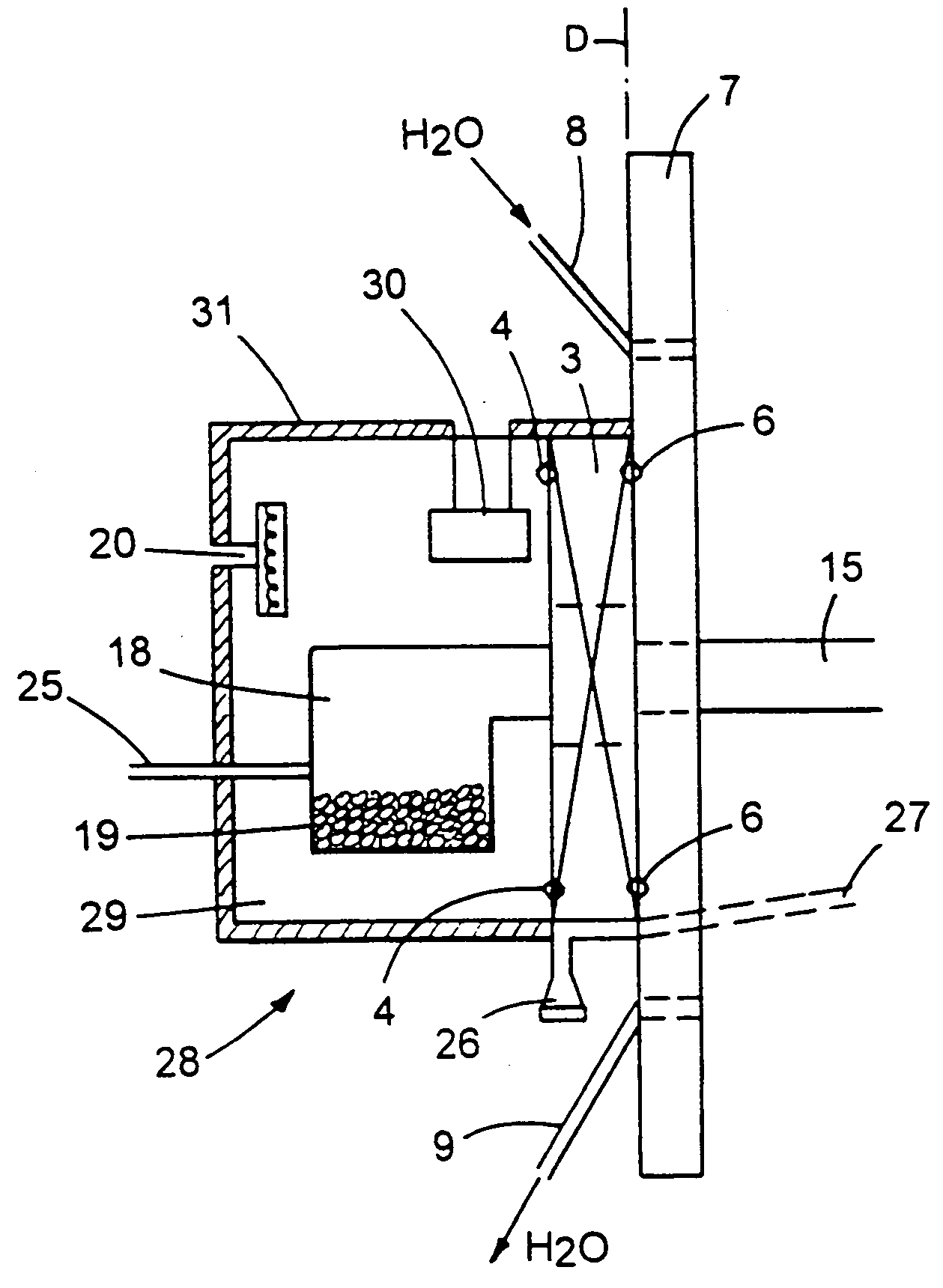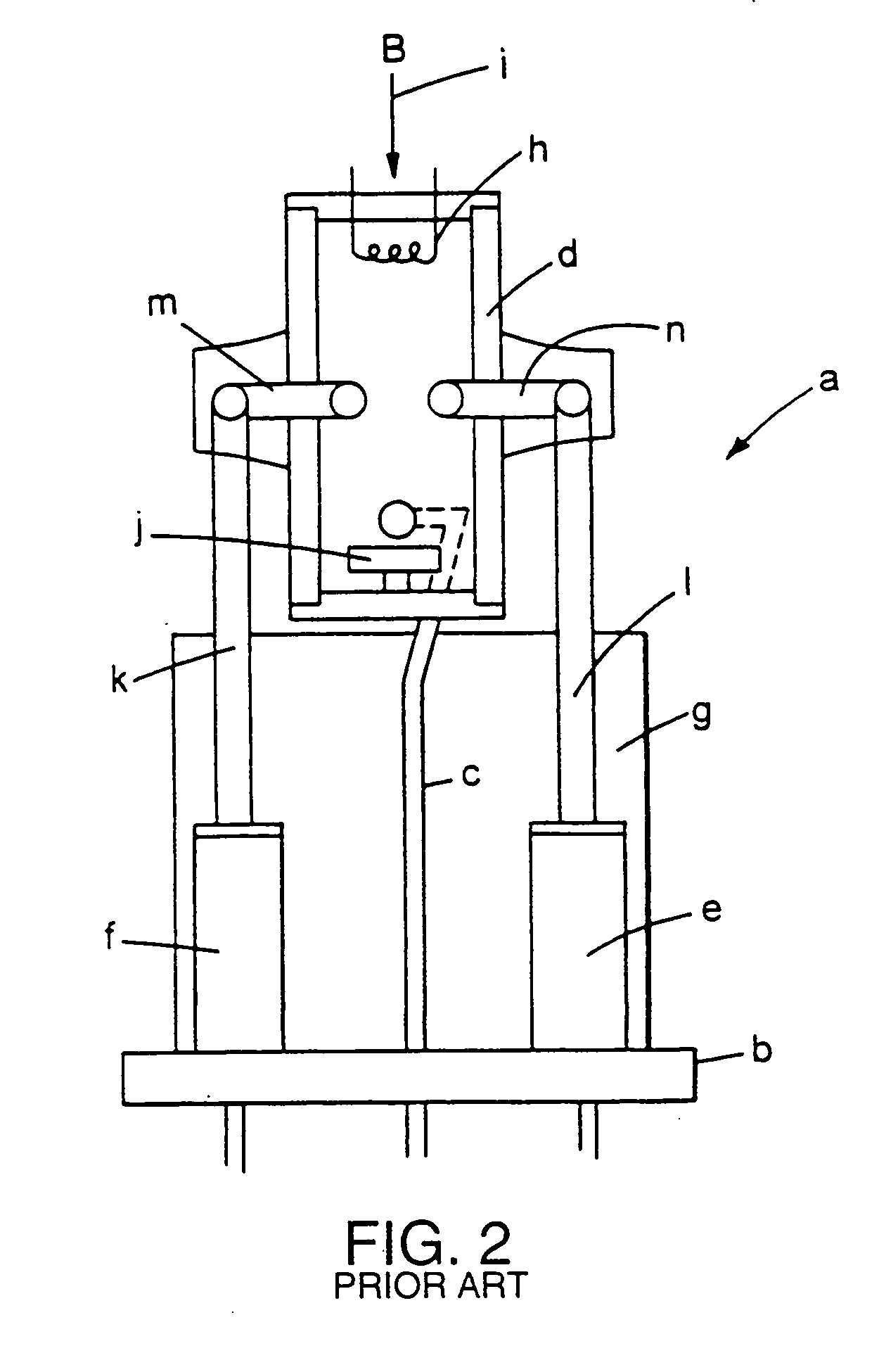Ion implantation ion source, system and method
a technology of ion source and ion implantation, applied in the field of productionworthy ion sources and methods, can solve the problems of preventing effective implanting of dopant species, relatively inefficient ion implanters at transporting low-energy, and reducing energy, so as to reduce the charge exchange and low-energy electron-induced fragmentation of b10hx+, prevent thermal dissociation of decaborane, and improve the emittance properties and purity of beams
- Summary
- Abstract
- Description
- Claims
- Application Information
AI Technical Summary
Benefits of technology
Problems solved by technology
Method used
Image
Examples
Embodiment Construction
FIG. 3 shows in schematic an embodiment of ion source 1. The vaporizer 2 is attached to the vaporizer valve 3 through an annular thermally conductive gasket 4. The vaporizer valve 3 is likewise attached to the mounting flange 7, and the mounting flange 7 is attached to ionization chamber body 5 by further annular thermally conductive gaskets 6 and 6A. This ensures good thermal conduction between the vaporizer, vaporizer valve, and ionization chamber body 5 through intimate contact via thermally conductive elements. The mounting flange 7 attached to the ionization chamber 5, e.g., allows mounting of the ion source 1 to the vacuum housing of an ion implanter, (see FIG. 8) and contains electrical feedthroughs (not shown) to power the ion source, and water-cooling feedthroughs 8, 9 for cooling. In this preferred embodiment, water feedthroughs 8, 9 circulate water through the cooled mounting frame 10 to cool the mounting frame 10 which in turn cools the attached components, the electron ...
PUM
| Property | Measurement | Unit |
|---|---|---|
| temperature | aaaaa | aaaaa |
| temperature | aaaaa | aaaaa |
| voltage | aaaaa | aaaaa |
Abstract
Description
Claims
Application Information
 Login to View More
Login to View More - R&D
- Intellectual Property
- Life Sciences
- Materials
- Tech Scout
- Unparalleled Data Quality
- Higher Quality Content
- 60% Fewer Hallucinations
Browse by: Latest US Patents, China's latest patents, Technical Efficacy Thesaurus, Application Domain, Technology Topic, Popular Technical Reports.
© 2025 PatSnap. All rights reserved.Legal|Privacy policy|Modern Slavery Act Transparency Statement|Sitemap|About US| Contact US: help@patsnap.com



